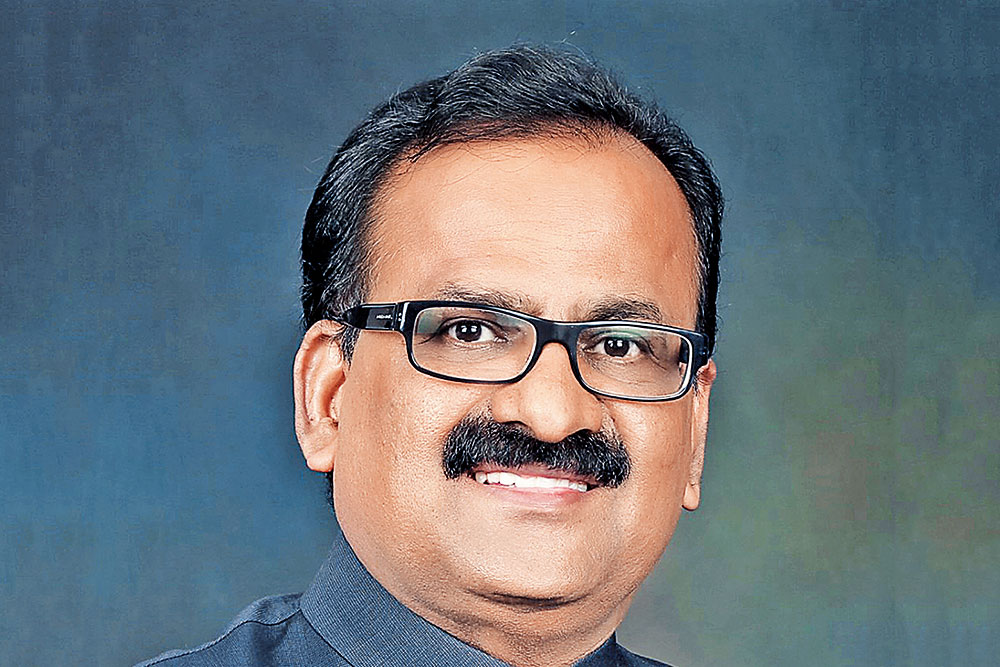Exchange-traded funds (ETFs) are an important vehicle in the passive investment category in India.
According to data from the Association of Mutual Funds in India (AMFI), the Indian mutual fund industry has 11 gold and 141 other ETFs, with a little over Rs.5 lakh crore of assets under management (AUM) across 16.3 million folios as of October 2022.
ETFs primarily represent a particular theme or index. For instance, the Nifty 50 ETF will only track and emulate the performance of the Nifty 50 index. Likewise, a banking ETF will only track the banking theme, and hence, its portfolio will only have banking stocks. So, the basic investment structure in an ETF and an actively-managed mutual fund is the same.
That said, there are major differences between the two. For instance, a Nifty 50 ETF and a Nifty 50 benchmarked fund will have, more or less, the same portfolio, but the weightage and proportion of holding of the active fund will differ from the Nifty 50 index, as the ETF will stay true to the index’s portfolio and have the same proportion of stocks as it. This is one of the biggest differences between an index ETF and an active mutual fund.
Another thing about ETFs is that the price of their net asset value (NAV) changes by the second, since they are traded on stock exchanges. NAV in a mutual fund represents the net value of the fund after deducting all liabilities.
Say, for instance, an ETF starts trading at Rs 50, and investors have 10,000 units of such ETFs in their demat account worth Rs 5 lakh. So now, when the ETF starts appreciating by, say, Re. 1, investors will have the same 10,000 units of the ETF, but it will be worth Rs 5.10 lakh. This capital appreciation in the value of the NAV of the ETF unit happens in a similar fashion as a stock, and hence, one can trade in it just the same.
In an active mutual fund unit, the same thing happens, but the respective asset management company (AMC) handles these transactional work and settles it. In ETFs, the stock exchanges, clearing corporations, and others, settle the transaction.
Also, in an ETF, the respective AMC appoints market makers to create sufficient liquidity in the ETF’s trading. Without market makers, the ETF’s NAV would fluctuate very highly as per the market dynamics of demand and supply.
For instance, let’s suppose someone has put an order to sell Rs 50 crore worth of ETF units at the stock exchange, but on the buy side, the total orders placed are collectively worth Rs 10 crore. So, there is a demand and supply mismatch. Market makers solve this problem by creating or destroying units in accordance with the situation.
Now since the entire trading and holding of ETFs happen online and in one’s demat account, certain incidental expenses like annual maintenance of demat, brokerage, and other expenses have to be incurred. But since a passive ETF does not have any active fund manager intervention, the expense ratio charged is lower.
This is because, in a passive ETF, the fund mimics the underlying index, and the fund manager does not reshuffle or change the weightage of the stocks.
Although this might be advantageous in terms of expense ratio, whenever the underlying index’s constituents change, the impact cost of the ETF also changes, since they will now be required to reshuffle and make their portfolio the same as the index. Now when the ETFs do this, the chances of a tracking error becomes high, and if the fund management decides to charge a higher expense ratio, then that can also increase the tracking error.
In India, there are many different asset classes, such as bonds, commodities, and equity, which have an ETF investing option. Within each class, there are further options, too. However, since an ETF’s portfolio is restricted to the underlying index’s portfolio, the case of it achieving benchmark-beating returns is none.
To build your financial portfolio, it is crucial to begin by taking the time to evaluate your goals and risk tolerance to decide on the right target asset allocation in consultation with your financial / investment advisor.
K S Rao Head - Investor Education & Distribution Development, Aditya Birla Sun Life Asset Management Company Ltd
Disclaimer “Mutual funds are subject to market risks. Read all scheme-related documents carefully.”

